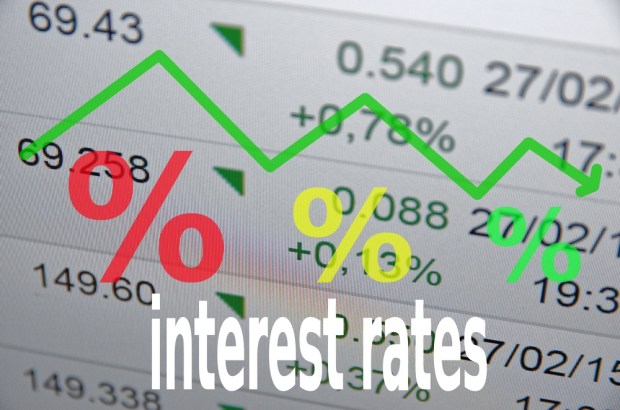Fed Stays The Course On Rates; Will Stocks Dip?

The more things change, the more they may stay the same … when it comes to interest rates. Two words came from the Fed chair last week that show that — election shocker notwithstanding — monetary policy will stay the course.
Those two words were “relatively soon” — as in a rate hike will be in the cards in the near term. Perhaps next month? Maybe so, though if not, within the subsequent month or two. Janet Yellen reserved the right to shift the rate hike outlook should that be needed. The Trump administration, as has been widely reported, is gearing up to sink untold billions of dollars into government spending on infrastructure and other projects. The more money that gets deployed in this manner, the greater the chance for inflation to quicken. Labor conditions are tight enough to set the stage for inflation, too, as the U.S. is near full employment.
One other tell that speaks to rate hikes: Yellen has said that she intends to serve out her term, which does not end till 2018. With no dramatic shift at the helm of the Fed, there’s likely no steering away from the rate hike path. Economic data also supports the hike, as consumer prices are moving upward and unemployment claims are at multi-decade lows.
Other factors will impact inflation tied to Trump, Congress and spending, which will have ripple effects on inflation (and bond and stock markets). If fiscal policy going forward demands cutting taxes at a rate that outstrips the pace at which investment in projects heats up, then this means the budget deficit will grow (and grow). This scenario means more inflation, because the money has to come from somewhere, and if the Fed buys government debt to put more money to work, inflation quickens and rates rise.
If rates really gain traction, yields may be high enough to lure investors to chase returns and, wary of new highs in stocks, start a rotation, tentatively perhaps at first, but perhaps quickening as well.
